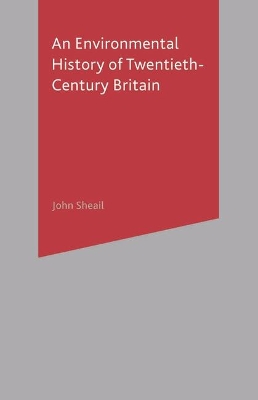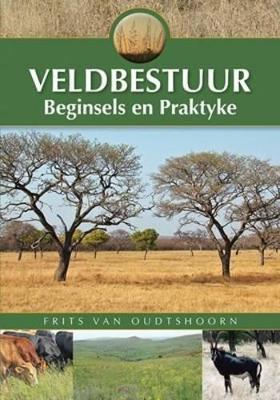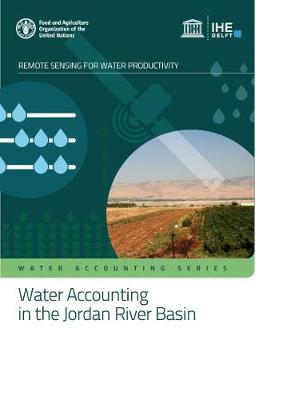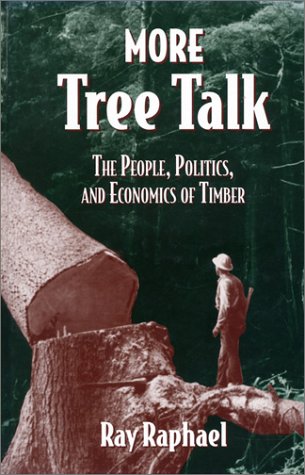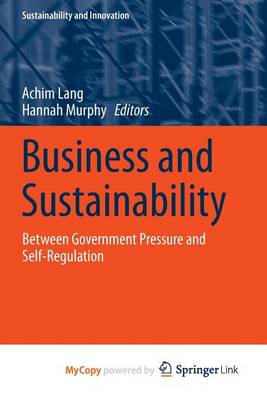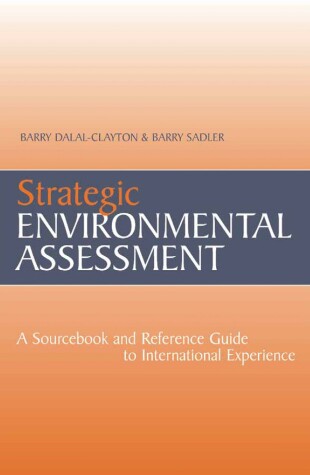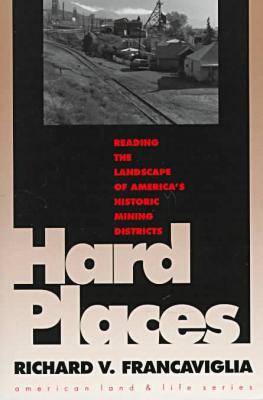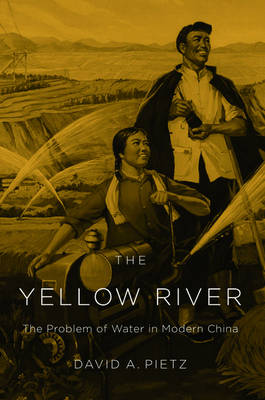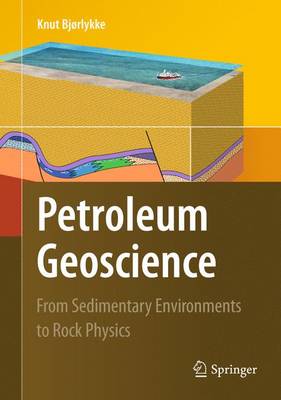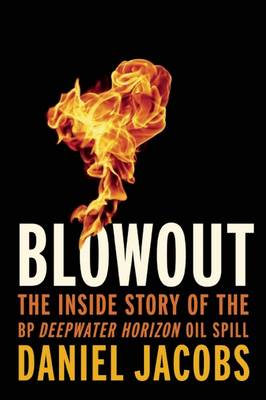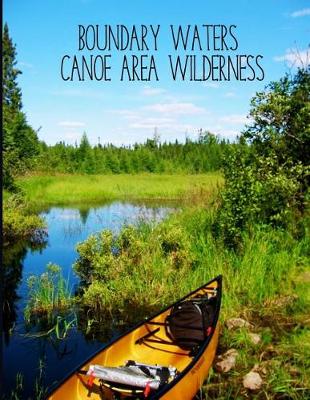Geomorphology of Oil and Gas Fields in Sandstone Bodies (Developments in Petroleum Science, #4)
by C E B Conybeare
Environmental history - the history of the relationship between people and the natural world - is a dynamic and increasingly important field. In An Environmental History of Twentieth-Century Britain, John Sheail breaks new ground in illustrating how some of the most pressing concerns came to be recognised, and a response made. Much use is made of archival sources in tracing a number of key issues, including: * management of change by central and local government * the manner in which natural...
Veld is 'n lewensbelangrike natuurlike hulpbron vir ons aardse bestaan. Sowat 80% van ons mooi land bestaan uit veld. Die grootste deel daarvan word vir vee- en wildboerdery asook vir bewaring van biodiversiteit en vir ontspanning gebruik. Goeie veldbestuur is nodig om grondagteruitgang te stuit en om volhoubare voedselproduksie en bewaring van biodiversiteit te verseker. Maar goeie veldbestuur berus op 'n goeie kennis van ekologiese beginsels en veldbestuurspraktyke, iets wat baie grondgebruike...
Advanced Water Treatment of Estuarine Water Supplies
by Scott Weddie, Andrea Flores, Ronald Hofmann, Kim Mowat, Natalie Paradis, Robert C. Andrews, Edward G. Means, Joe Loveland, James R Leserman, and Michael J. McGuire
Forests (Environmental Issues, Global Perspectives)
by James Fargo Balliett
Forests are considered the lungs of the planet, as they consume and store carbon dioxide and produce oxygen. These biomes, defined as ecological communities dominated by long-lived woody vegetation, historically have provided an economic foundation for growing nations, supplying wood for buildings, firewood for fuel, and land for expanding cities and farms. For centuries, industrial nations in Europe and the United States have relied on large tracts of forestland for economic prosperity. The res...
Water accounting in the Jordan River Basin (Water Accounting)
The Jordan River Basin is the most important water resource shared between the Middle East countries: Israel, Lebanon, Syria, and Jordan. Its surface water and groundwater have been highly exploited and fought over throughout history. The diverse climate over its area results in spatially variable precipitation and evapotranspiration, thus, variability of water generation and consumption. To be able to manage the water resources in a sustainable manner, it is important to understand the current...
More Tree Talk is an insightful and compelling look at the human dimension of the challenges facing forestry. First published in 1981, Tree Talk was widely hailed as the most even-handed and well-written introduction to forestry issues available. More Tree Talk is an entirely revised edition of that classic volume that brings the book up-to-date with the current situation.Like the original, More Tree Talk features a running narrative punctuated by individual portraits that personalize the issues...
Demands for sustainability policies have set new challenges for business both on the individual firm level and on the level of organized business interests. This edited volume brings together economic, social, environmental, and cultural dimensions of sustainability that comprise different challenges for business processes and activities. The aim is to develop an overarching framework to the study of sustainability and business and to advance an interdisciplinary analytical perspective. The book...
Energy is crucial to our technologically sophisticated society, and it is anticipated that the demand for energy will increase dramatically over the next 40 years. But the consequences of supplying this ever-increasing demand are far-reaching and dangerous. Potentially crippling financial costs are combined with political instability (eg the Middle East) and the devastating environmental impact of acid rain, global warming and pollution. Walter Patterson presents in "The Energy Alternative" a gu...
This unique sourcebook provides a global, state-of-the-art review of the rapidly evolving field of strategic environmental assessment (SEA) that is intended to serve as a baseline for the work of an OECD Task Team on SEA and a UNEP initiative on integrated planning and assessment. It describes trends in application and experience in different contexts worldwide, providing in-depth coverage of the status of SEA systems, and practice in developed, transitional and developing countries by a range o...
Working with the premise that there are much meaning and value in the "repelling beauty" of mining landscapes, Richard Francaviglia identifies the visual clues that indicate an area has been mined and tells us how to read them, showing the interconnections among all of America's major mining districts. With a style as bold as the landscapes he reads and with photographs to match, he interprets the major forces that have shaped the architecture, design, and topography of mining areas. Covering ma...
Guidelines of Lake Management
In the Maoist years the North China Plain was re-engineered to use every drop of water for irrigation and hydroelectricity. As David Pietz shows, China's urban growth, industrial expansion, and agricultural intensification rested on compromised water resources, with effects that cast a long shadow over China's future course as a global power.
Management of Forests for Capercaillie in Scotland (Forestry Commission Bulletin (FCBU), #113)
Petroleum geoscience comprises those geoscientific disciplines which are of greatest significance for the exploration and recovery of oil and gas. These include petroleum geology, of which sedimentary geology is the main foundation along with the contextual and modifying principles of regional, tectonic and structural geology. Additionally, biostratigraphy and micropalaeontology, organic geochemistry, and geophysical exploration and production techniques are all important tools for petroleum geo...
Boundary Waters Canoe Area Wilderness Bwca State of Minnesota
by Anne Andersen
Assessing Recent Soil Erosion Rates through the Use of Beryllium-7 (Be-7)
This open access book is the first comprehensive guideline for the beryllium-7 (Be-7) technique that can be applied to evaluate short-term patterns and budgets of soil redistribution in agricultural landscapes. While covering the fundamental and basic concepts of the approach, this book distinguishes itself from other publications by offering step-by-step instructions on how to use this isotopic technique effectively. It covers experimental design considerations and clear instruction is given on...


